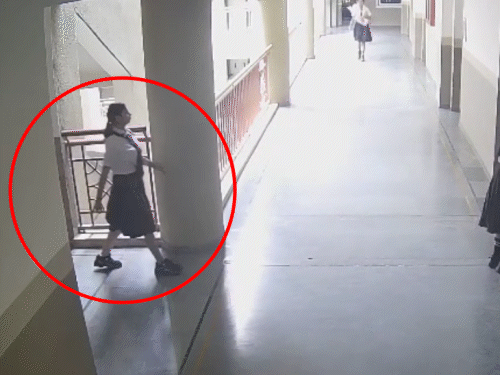America’s Battle With Deepfakes: Law Enforcement Struggles to Keep Pace With a Digital Threat
Deepfakes are spreading across the U.S., fueling scams, political interference, and misinformation. Law enforcement faces legal and technological hurdles in fighting back.

A Growing Threat Beyond Entertainment
In the United States, the rise of deepfakes—AI-generated videos and audio that convincingly mimic real people—is moving beyond internet pranks and entertainment. What was once dismissed as a tech gimmick is now fueling misinformation campaigns, financial scams, and even criminal investigations. Law enforcement agencies, from local police departments to federal authorities, are scrambling to keep up with the speed and sophistication of this evolving technology.
Why Deepfakes Are a National Security Issue
The challenge is not just technological but societal. In recent years, deepfakes have been weaponized in multiple contexts—ranging from fraudulent stock manipulation and election interference to personal harassment cases. Experts warn that the 2024 presidential election season already saw traces of manipulated audio and video used to sway public opinion. Looking ahead to 2025 and beyond, the stakes are even higher, as deepfakes could erode trust in journalism, government communication, and even courtroom evidence.
The Department of Homeland Security (DHS) has flagged deepfakes as a potential national security threat. Unlike traditional cybercrime, these manipulations target perception itself, leaving citizens unsure of what’s real and what isn’t. This uncertainty poses risks for democracy, market stability, and community trust.
Law Enforcement’s uphill battle
Police departments are reporting increasing difficulty in verifying digital evidence. For instance, in several fraud cases across states like California and Texas, victims were tricked by voice-cloned relatives demanding emergency money transfers. Local sheriffs admitted that their investigative tools lag far behind the capabilities of malicious actors using freely available AI software.
The FBI’s Internet Crime Complaint Center (IC3) has also reported a surge in deepfake-related scams, with financial losses running into millions of dollars. Detecting deepfakes requires advanced forensic AI, yet many smaller agencies lack the funding or expertise to deploy such systems.
Legal Gray Zones
While deepfake technology races ahead, U.S. law has struggled to catch up. Currently, only a few states—such as Texas, California, and Virginia—have enacted laws addressing deepfakes, largely focusing on election interference and non-consensual explicit content. At the federal level, legislation remains piecemeal, leaving gaps in enforcement.
Civil liberties groups warn that overly broad laws could unintentionally curb free expression and innovation, creating a delicate balancing act between regulation and rights.
Private Sector and Academic Partnerships
With law enforcement stretched thin, partnerships are emerging as a crucial defense. Tech companies are collaborating with universities to create detection tools capable of spotting manipulated media within seconds. Institutions like MIT’s Media Lab and private firms such as DeepMedia are leading projects to build reliable authentication frameworks.
Still, experts caution that detection is always playing catch-up. Every time a new detection method is created, deepfake creators innovate ways to bypass it. This cat-and-mouse dynamic has many comparing the issue to cybersecurity’s earliest battles.
What’s Next for America’s Fight Against Deepfakes
As deepfakes become cheaper and more accessible, the pressure on law enforcement will intensify. Analysts predict that without robust federal legislation and major investment in forensic AI tools, the problem will worsen. The challenge is not just about technology but about restoring public confidence in truth itself.
For now, authorities are urging citizens to remain vigilant—double-checking sources, verifying video authenticity, and reporting suspicious content. The war against deepfakes, experts argue, will be less about stopping every fake and more about strengthening the public’s resilience to manipulation.
What's Your Reaction?
 Like
0
Like
0
 Dislike
0
Dislike
0
 Love
0
Love
0
 Funny
0
Funny
0
 Angry
0
Angry
0
 Sad
0
Sad
0
 Wow
0
Wow
0








































































